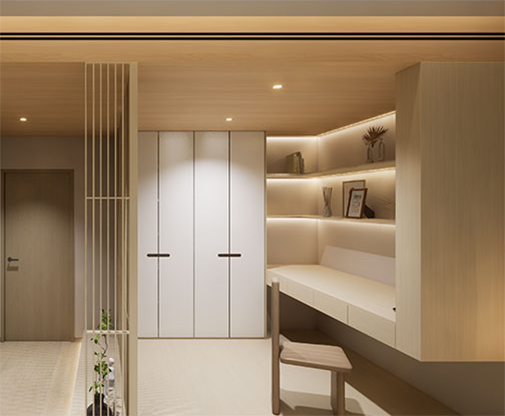Unveiling the Acoustic Marvel: Exploring the Materials Used for Acoustic Ceiling Panels
Acoustic ceiling panels are an integral part of creating a comfortable and noise-free environment in various spaces, such as offices, schools, theaters, and recording studios. These panels not only enhance the aesthetics of a room but also play a crucial role in sound absorption and noise reduction. In this blog post, we will delve into the world of acoustic ceiling panels, exploring the materials used and their impact on sound quality.
- Fiberglass:
Fiberglass is one of the most commonly used materials for acoustic ceiling panels. It is made by melting glass and spinning it into fine fibers, which are then compressed and formed into panels. Fiberglass panels offer excellent sound absorption properties due to their porous structure. The fibers trap sound waves, converting them into heat energy. Additionally, fiberglass panels are lightweight, fire-resistant, and cost-effective, making them a popular choice in many applications. - Mineral Wool:
Mineral wool, also known as rock wool or stone wool, is another popular material used for acoustic ceiling panels. It is made from natural minerals, such as basalt or diabase, which are melted and spun into fibers. Mineral wool panels have excellent sound absorption capabilities and are particularly effective in reducing low-frequency noise. They are also resistant to fire, moisture, and mold, making them suitable for areas with high humidity or fire safety requirements. - Perforated Wood:
For those seeking a more aesthetically pleasing option, perforated wood panels are an excellent choice. These panels are made from various types of wood, such as oak, maple, or cherry, and feature small perforations on their surface. The perforations not only add visual appeal but also enhance sound absorption by allowing sound waves to pass through and get trapped within the panel. Perforated wood panels are often used in high-end spaces where both acoustic performance and design are crucial. - Polyester Fiber:
Polyester fiber panels offer a sustainable and eco-friendly solution for acoustic ceiling applications. These panels are made from recycled polyester fibers, which are compressed and formed into panels. Polyester fiber panels provide good sound absorption and are particularly effective in reducing high-frequency noise. They are lightweight, easy to install, and can be customized in various shapes and colors, offering versatility in design.
Conclusion:
Acoustic ceiling panels play a vital role in creating a peaceful and productive environment by reducing noise and improving sound quality. The choice of material for these panels depends on factors such as acoustic requirements, design preferences, and environmental considerations. Whether it's the excellent sound absorption of fiberglass, the fire resistance of mineral wool, the aesthetic appeal of perforated wood, or the sustainability of polyester fiber, there is a material to suit every need. So, next time you step into a room with impeccable acoustics, take a moment to appreciate the materials that make it possible.






